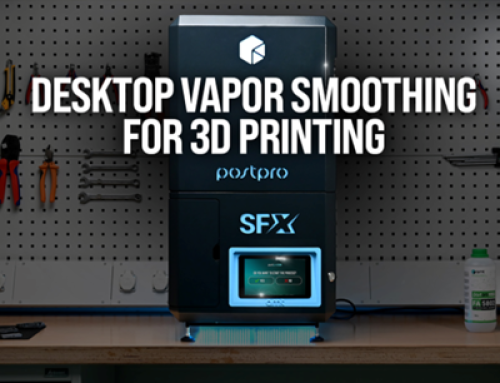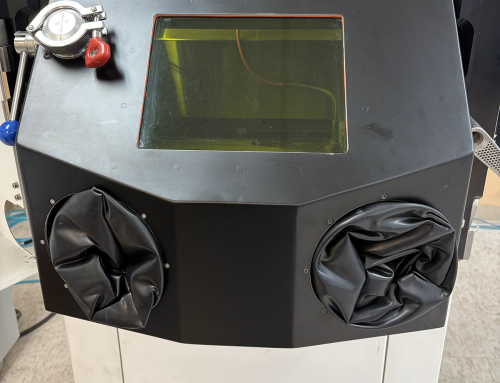Electrostatic discharge (ESD) is commonly known as “static electricity.” These discharges occur when an electric charge is built up and then rapidly transferred from one object to another which is usually accompanied by a visible spark.
An electrostatic discharge can have negative consequences, where components can become damaged or lead to unsafe circumstances. These are most commonly in (but certainly not limited to) electronics manufacturing. For example,
small electronics can be destroyed by ESD with voltages lower than 10 volts of static electricity where flammable liquids or gases are handled
Therefore, manufacturers must adhere to ESD protocols to avoid any possible buildup of static electricity to ensure product quality, as well as, maintain a safe working environment. These protocols might include:
- Equipment handled inside an ESD Protected Area (EPA)
- Protective gear worn by personnel to dissipate a static charge to the ground
- Components are protected with specialized packaging that is made from static-dissipative (AKA ESD-safe) materials
Expanding on that last bullet point, a material is considered ESD-safe when it reduces the transfer of static electricity. Its purpose is to avoid any electrostatic discharge that could affect the components surrounding it.
Since plastics are insulators, they have a charge and a high electrical resistance. To have a path to ground, conductive fillers must be added to make them dissipative. The conductive fillers are typically some form of carbon. For a static-dissipative material to be classified as ESD safe, the surface resistance of that material must fall within the range of 105 Ω and 1011 Ω. If it is less than that range, it’s conductive. If it is more, then it is an insulator.
Besides being static-dissipative, another consideration is the base material that the conductive material is being added to. Therefore, it is important to select a base material that fits your application.
Many applications require these types of materials including housings, custom jigs, tools, and fixtures. 3D printing is a natural fit for producing these types of parts. Each serves a specific purpose in the creation of a component or simply getting from point A to point B on the factory floor.
ABS is an excellent material for many of these applications because of its impact resistance and high stiffness. Kimya’s ABS-ESD is a good fit for applications that require protection against electrostatic discharge. It is also easy to print on the UltiMaker line of 3D printers.
Learn more in our upcoming webinar “ABS-ESD Filament with Kimya” taking place on Thursday, April, 25, 2024 at 10:00AM EST. Register via the button below.








Leave A Comment